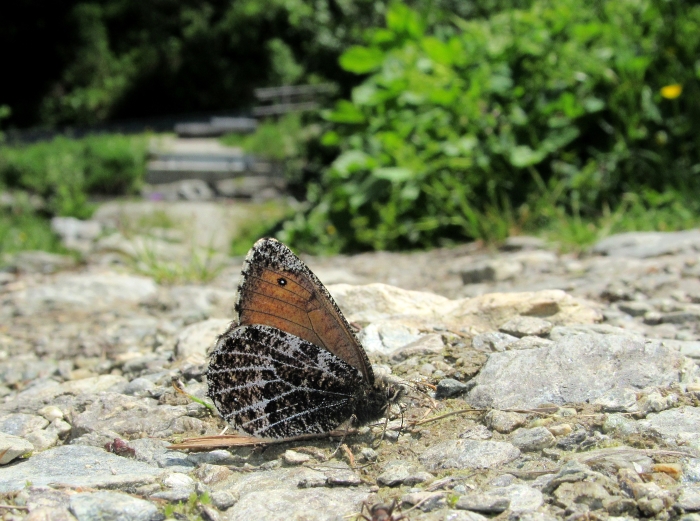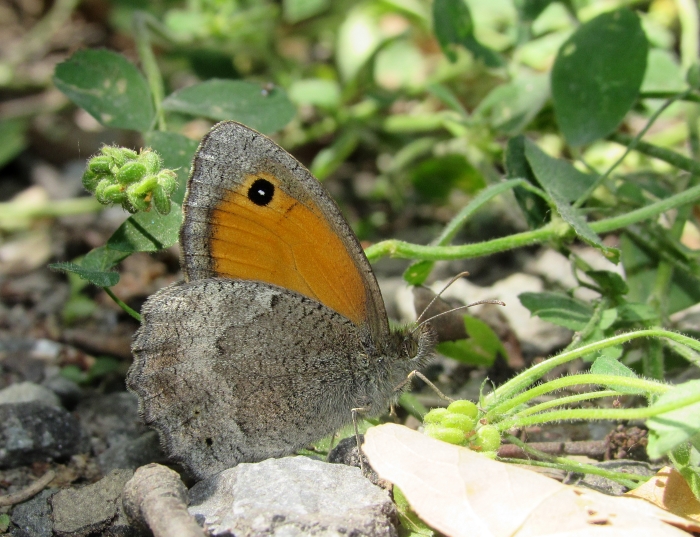"Immediately after ovipositing, the female uses the dark abdominal tuft to brush hair-like scales onto the whitish egg, rendering it less visible: as these scales are easily removed (hibernated ova are devoid of scales), the purpose of this practice is obscure."
I set off this morning specifically to try and witness this, and photograph a freshly brushed egg. It turns out I chose the right day. Sloe hairstreaks were abounding at my chosen site and females in particular were easy to find (spot the black abdominal brush):


It didn't take long to spot one ovipositing:

She spent several minutes on that one egg, not merely depositing it but caressing it with the tip of her abdomen. The result was amazing - an almost invisible egg, covered in black and white hairs:


If she does that a couple of hundred more times she is going to have a bare bottom!
Ovipositing and oviposturing were going on all over the place:




Males have shorter tails (and lack the abdominal black):


The other day I saw a woodland ringlet laying eggs. Each egg took all of three seconds - just squeeze and off. Whatever Tolman says, there must be some adaptive significance in the sloe hairstreak strategy for her to spend so much time on it.

(Woodland ringlet egg)
Guy




































































